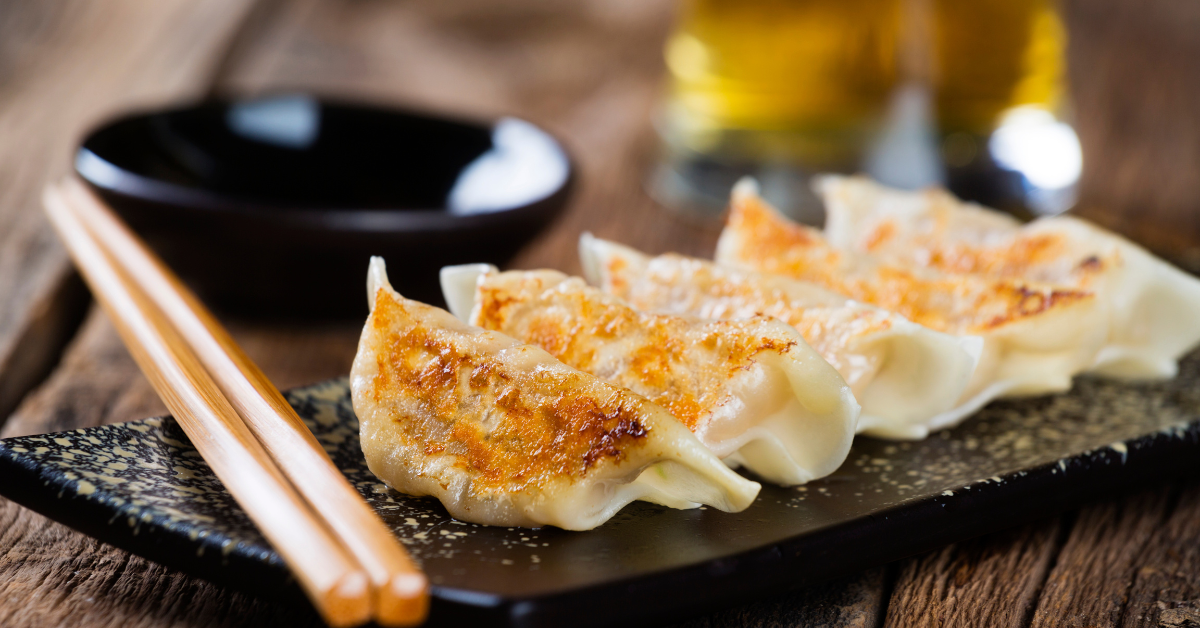South Korea’s largest food company, CJ CheilJedang, has joined forces with Itochu to enter Japan’s rapidly expanding frozen gyoza market. By establishing a local production system, the company aims to secure a competitive edge and steadily increase its market share.
Expansion Background of Japan’s Frozen Gyoza Market
Japan’s frozen food market has expanded significantly over the past decade, with frozen gyoza becoming a leading category. Several factors explain this surge in popularity:
- Increase in dual-income households, boosting demand for quick meals
- Rising desire to enjoy restaurant-quality food at home
- Advancements in freezing technology, ensuring taste and freshness
- Expansion of at-home dining demand during the pandemic
The convenience of frozen gyoza, which cooks quickly with minimal effort, has played a major role in driving growth.
The table below highlights frozen gyoza’s position within Japan’s frozen food market:
| Frozen Food Category | Growth Rate (Past 5 Years) | Main Buyers | Key Feature |
|---|---|---|---|
| Frozen Gyoza | +35% | Dual-income households, singles | Easy, consistent taste |
| Frozen Fried Rice | +28% | Students, young adults | Large portions, filling |
| Frozen Udon | +15% | Elderly, families | Easy preparation |
| Frozen Pizza | +22% | Families | Party use |
Frozen gyoza shows the highest growth rate among frozen foods, indicating further expansion ahead.
CJ CheilJedang’s Strategy in Japan
CJ CheilJedang dominates South Korea’s frozen food sector and has brought its expertise to Japan by collaborating with Itochu. Their strategy goes beyond imports and focuses on localized production and development.
Key Strategy Pillars
- Strengthening Local Production
Building a new factory in Japan ensures stable supply and reduces import costs. - Developing Products for Japanese Consumers
Options include garlic-light recipes, products made with domestic vegetables, and low-calorie varieties. - Expanding Sales Channels
Using Itochu’s distribution network, the company has expanded into supermarkets, drugstores, and e-commerce platforms.
By focusing on production, product development, and distribution, CJ CheilJedang is working to build a strong presence in Japan’s competitive market.
Competitive Landscape in Japan
Japan’s frozen gyoza market is highly competitive, with domestic companies long established in the field. Ajinomoto Frozen Foods and Eat & Co. (Osaka Ohsho brand) maintain strong brand recognition and loyalty.
| Company | Main Product | Strength |
|---|---|---|
| Ajinomoto Frozen Foods | Gyoza | Strong brand recognition, consistent quality |
| Eat & Co. | Osaka Ohsho Winged Gyoza | Restaurant tie-ins, unique cooking style |
| CJ CheilJedang × Itochu | Bibigo Frozen Gyoza | Korean brand identity, Japan-focused recipes |
CJ CheilJedang differentiates itself by leveraging its international brand appeal and localized product designs.
Consumer Needs and Market Outlook
Japanese consumers demand the following from frozen gyoza:
- Convenience (quick and easy cooking)
- Great taste (restaurant-level flavor at home)
- Safety and trust (domestic ingredients, fewer additives)
- Variety (health-conscious, small packs, food service use)
Frozen gyoza appeals to both families and singles. With the rise of online sales and food delivery, consumers now encounter a wider variety of brands, including foreign products.
The future of the market can be summarized as follows:
| Market Trend | Example | Impact |
|---|---|---|
| Health-focused products | Low-calorie, low-carb, additive-free gyoza | Attract new health-conscious buyers |
| Growth of e-commerce & delivery | Subscription frozen meal services | More diverse distribution channels |
| Entry of foreign brands | Korean and Chinese gyoza makers | Increased competition |
| Expansion of food service demand | Supply to restaurants and delis | Growth in B2B market |
CJ CheilJedang and Itochu’s partnership aligns with these market shifts, offering strong potential in both household and food service segments.
Conclusion
Japan’s frozen gyoza market is experiencing rapid growth, with domestic and international players competing aggressively. CJ CheilJedang and Itochu’s collaboration is a strategic move that strengthens competitiveness by establishing production bases within Japan.
Frozen gyoza has evolved into a household staple that satisfies consumer demands for convenience, flavor, and safety. As health trends rise and food service demand expands, the market is expected to become more diverse. The key question is how CJ CheilJedang and Itochu will build brand recognition and win consumer trust in this competitive environment.






